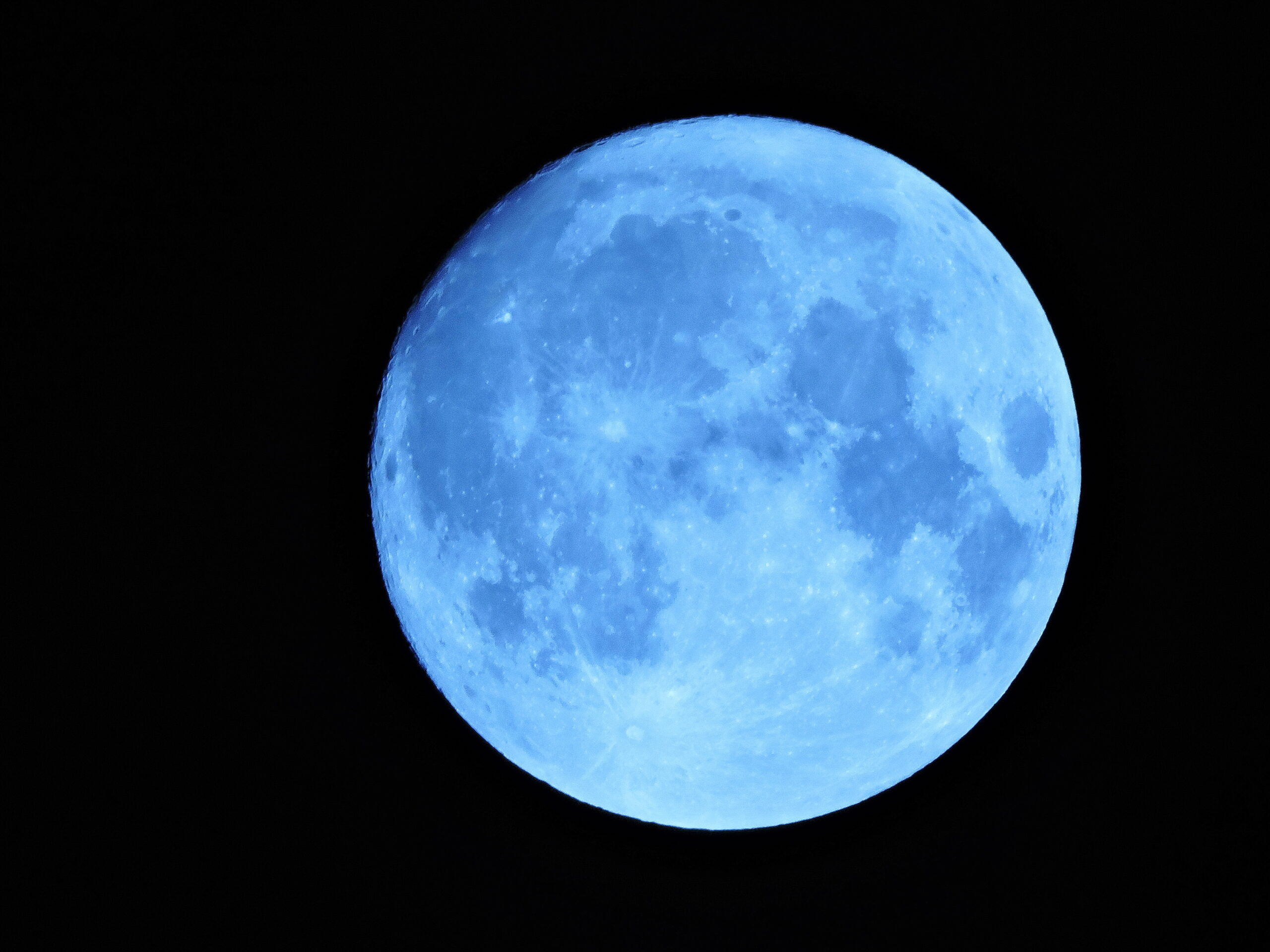TOMS RIVER, NJ – If you want to see a rare lunar event, you might want to check the skies over New Jersey Wednesday night. A rare super blue moon event will be visible. It will be the last time you can see the spectacle until 2037.
The upcoming full Moon on Wednesday, August 30, is noteworthy for several reasons.
It will be a supermoon, meaning that the Moon will be at its closest point to Earth in its orbit, making it appear somewhat brighter and about 14% larger than when it is at its farthest point. The size difference may not be hugely noticeable to the naked eye but can be appreciated through telescopic observation.
This full Moon will also be a Blue Moon, according to the modern definition of the term, which signifies the second full moon in a single calendar month. Blue Moons occur every two to three years due to the slight misalignment between the lunar cycle (29.5 days) and the average length of calendar months.
In addition to being a Blue Moon and a supermoon, this full Moon will have the planet Saturn in close proximity. Saturn will be just a few days away from its closest and brightest appearance for the year. As evening twilight ends, Saturn will be positioned 5 degrees to the upper right of the Moon and will appear to move in a clockwise direction around the Moon throughout the night.
Despite the name, the Moon will not actually appear blue. The term “Blue Moon” is not related to the Moon’s color but rather to its frequency. On very rare occasions, the Moon can appear blue due to atmospheric conditions like smoke or dust, which scatter away the red wavelengths of light, but this is not related to the phenomenon known as a Blue Moon.
The term Blue Moon has two commonly used definitions. The newer one, coined by Sky & Telescope magazine in 1946, is the second full moon in a calendar month. The older definition, which dates back to the 1500s, refers to the third full moon in a season that has four full moons. By the older definition, the next Blue Moon will occur in August 2024. This upcoming full Moon does not meet that criterion but is still of interest due to its status as both a supermoon and a Blue Moon by the modern definition.

